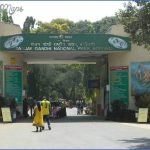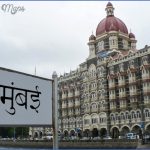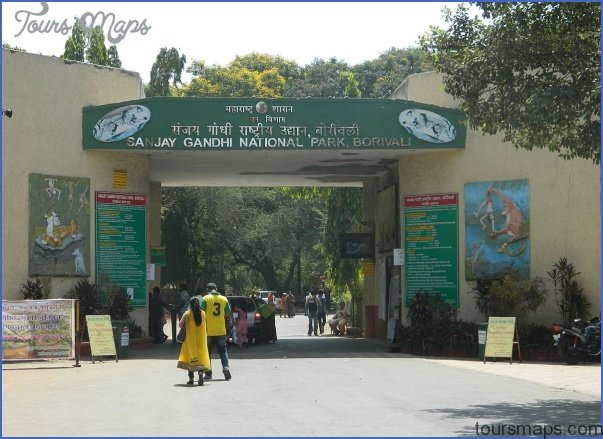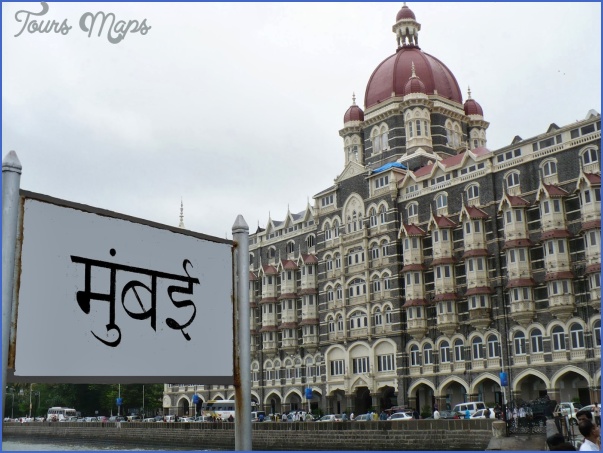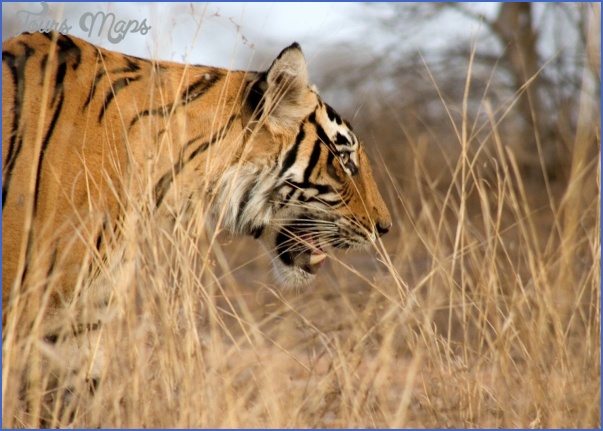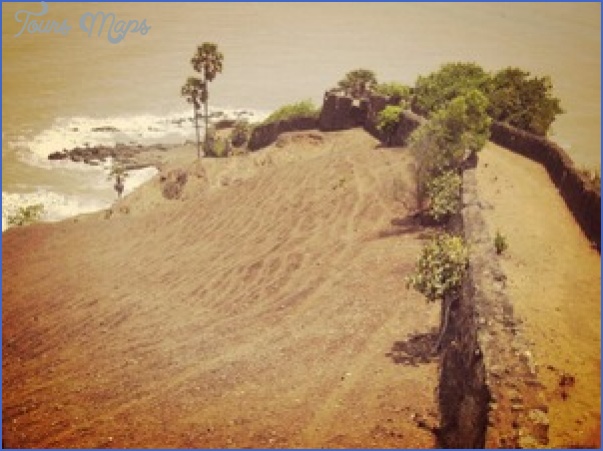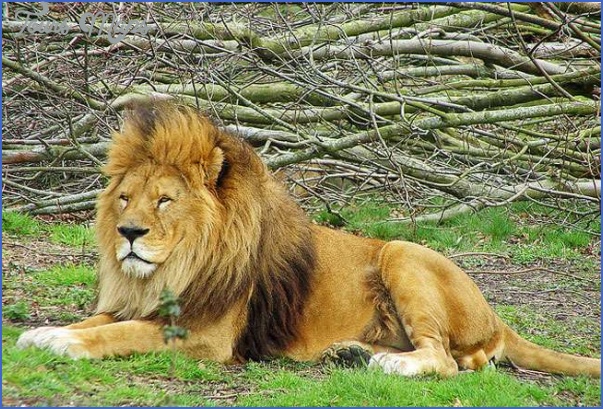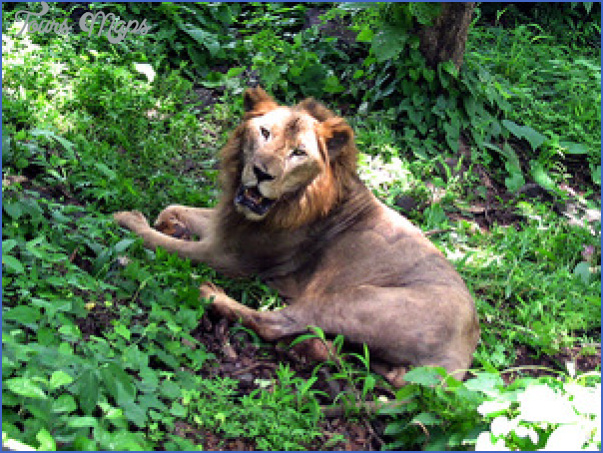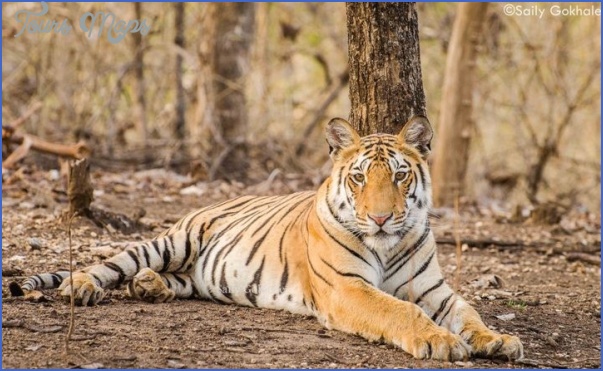To understand the traditional process of dealing with the Parsi dead in Mumbai, my Parsi hosts suggested I go and talk to a draper who makes traditional Parsi clothes not far from Malabar Hill. I find Noshir Mulla in his small shop, a man bursting with energy who is more than keen to describe for me what happens – more correctly, what used to happen – at the squat stone towers hidden away in the woodland. He remembers his grandmother’s funeral in 1957 as if it had just taken place. Tears well up in his dark eyes as he recalls the occasion.
‘I was 14 then and asking lots of questions,’ he says. ‘When the Nassesalars carried her body on the bier and we walked behind in procession, there were many vultures in the air. They seemed to follow us to the tower, landing on the stone parapet around its edge. There must have been 70 or more. Once the Nassesalars had left her body on the tower, they clapped their hands. It was the sign for the vultures to descend to gorge themselves. They took less than an hour. They had done their work perfectly according to our Parsi tradition,’ he added.
Mumbai Wildlife Travel Guide Photo Gallery
Exactly the same funeral ritual has taken place at Mumbai’s Towers of Silence, sometimes as many as three or four times a day, almost every day since. It is a rare example of the interdependence of birds and people; the Parsis are dependent on the vultures to quickly, and hygienically, dispose of their dead and the vultures are reliant on an easy – and regular – meal. Both the vultures and the Parsis gain.
The day I attended the Parsi funeral, Black Kites swirled high above, and the raucous, grating calls of scraggy black House Crows were interrupted by the occasional shriek of a parakeet in the lush gardens. After perhaps half an hour, the prayers were over. The priests came out into the scorching sun, removed their hats and chatted to the deceased man’s family. It was the cue for the mourners to file slowly past his body, the last time for the family to see him. When they had finished, the body, covered entirely now by a white sheet and raised on a metal bier at shoulder height by the four Nassesalars – one at each corner – was taken down the steps and out into the blaze of the late afternoon sun.
As I watch, I’m struck by how dignified this all is. No pomp and circumstance. No elaborate dress code. No music. And it’s never any different whether the dead person comes from a rich background or a poor one. Only Parsis can join the procession to the open-topped towers. And when they reach the tower allocated for their particular loved one, they can go no further. Only the Nassesalars can enter inside to lay the body, face upward and naked, on the stone surface of the tower top. The only time these Parsis will ever enter the tower, they will already be dead.
But what Noshir Mulla described to me hasn’t been possible here for some years. All of Malabar Hill’s vultures, just like their millions sub-continent wide, have died off. For over a decade there has not been a single vulture at Malabar Hill to consume the Parsi dead. They have disappeared, too, from their nesting colonies outside Mumbai from where they used to fly in every morning.
Maybe You Like Them Too
- DUBAI UNITED ARAB EMIRATES
- Anniston Map
- Wildlife Travel Guide
- Wildlife Travel To Alonissos
- National Wildlife Travel

